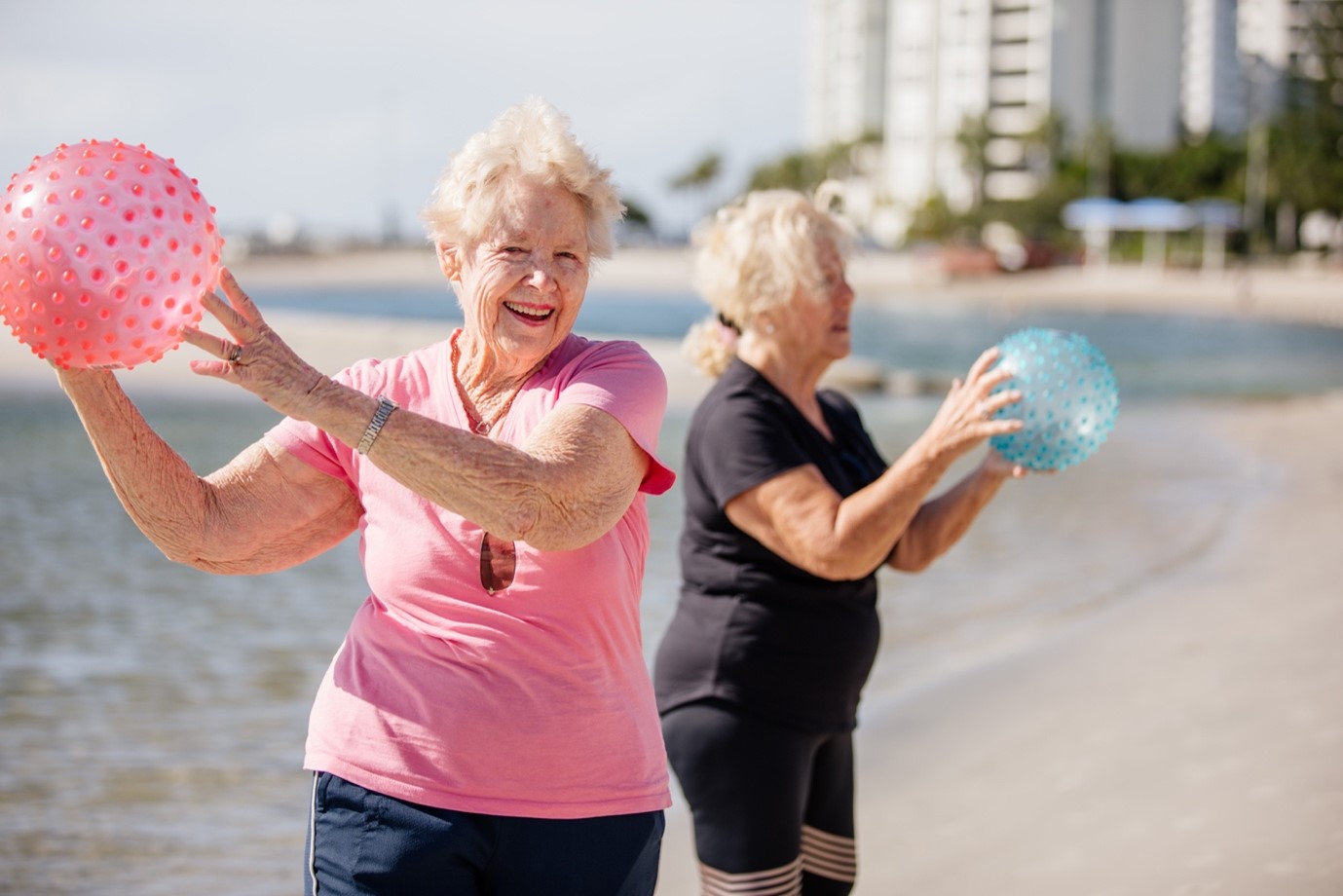Body awareness and falls prevention
fitness general news older-adults wellnessAccording to Your Therapy Source, a place exploring child development, “Body awareness is the ability to understand where our bodies are in space and how our bodies move. Sometimes, if people have difficulties with body awareness, they may appear clumsy, uncoordinated, or have delays in motor skill development.”
We develop body awareness in all stages of life, but unfortunately, we lose some of it as we age. In our later years, being able to understand and develop this awareness of where our body is in space can help with falls prevention, hand-eye coordination, and cognitive development.
Globally, falls are a major health problem. There are over 646,000 fatal falls each year which is the second leading cause of unintentional injury death. One in three people over the age of 65 and one in two people over the age of 80 are at risk of a fall that could lead to serious injury.
Test Your Body Awareness
Are you aware of your own body dimensions and placement in space? To determine your body awareness level, try this exercise:
- Take a deep breath in and see if you can fill your lower abdomen up. (Imagine filling a balloon up that is positioned in the lower part of your belly.)
- Now let that breath go (exhale) slowly and feel your lower abdomen slowly descend.
- What can you feel?
- Do you feel sore or stiff in any particular area of the body?
- Do you feel relaxed in another?
- Can you concentrate on the areas that are sore or stiff and focus on trying to relax into them while you are breathing gently?
Next step: Stand Up
If you could manage the above well, the next step is to find a clear space you can stand up.
- Start by bringing your right leg forward one step then bringing your left leg forward to meet.
- Then take your right leg back to the start and bring your left leg to meet.
- Continue these 10 times. Then change the leading leg to the left one. Bring your right leg forward to meet then take the left leg back behind to the start and bring the right back to meet.
Like anything, the more you practice body awareness, the easier it becomes.
Exercise – Root of Falls Prevention?
By taking the power of exercise and incorporating body awareness tactics into your daily routine, this goes a long way in keeping the brain sharp and the body fit.
It is well documented that exercise is good for the brain and the heart. It is also great for your body awareness and falls prevention.
Here’s a short video where I discuss the correlation and show several exercises to that end.
The WHO Heidelberg guidelines for physical activity for older persons recommend that virtually all older people should participate in physical activity on a regular (3-5 times a week) basis, however any exercise is better than none and I recommend you start slowly and build on your habit of exercise.
Regular physical activity has been shown to prevent and/or lower an older person’s risk of falling in community and home settings.
Furthermore, exercise, studies show, increases the presence of oxygen within the body, the bloodstream, and the cell.
By oxygenating the body in these ways, exercise – in addition to improving balance, strength, and coordination – lowers blood pressure, reduces cholesterol, decreases risk of diabetes, and generally improves cardiovascular health.
In a nutshell, exercise/movement is great for overall health and vitality.
Rachelle Ballard-Clayton meeactive.com.au

- Mee Active www.meeactive.com.au
- 21.03.23


